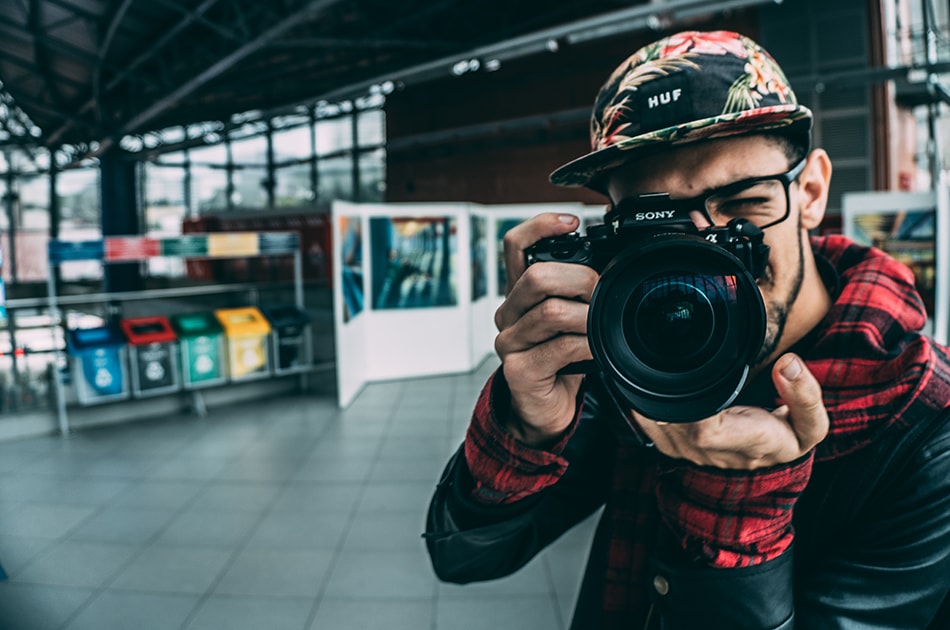7 Digital Camera Tips & Truths You Need To Know
If we’re being honest, most of us probably haven’t read our camera manual from cover to cover (it’s ok)! But digital cameras are very clever animals and they can do a lot more than you might think.
Here are some useful tips as well as truths that you should know about – they will definitely help you in your photographic journey.

Firmware
The firmware in your camera is the software it uses for all functions, features and processing requirements. What many people don’t realise is that manufacturers periodically release firmware updates, which fix any issues and allow access to new features. Make sure you check your camera manufacturer’s website from time to time and keep your firmware updated to the latest version.
RAW vs Jpeg
If you want your images to last over time, shoot in RAW. RAW files are almost as good as negatives and their quality is far higher. You can always save out a Jpeg of Tiff image from them. Each time a Jpeg is edited or saved it degrades a little in quality so, over time, image quality will be lost.
Changing lenses
All digital cameras have a sensor inside them and sensors are notorious for collecting dust over time. Eventually, you will probably need to have your sensor professionally cleaned but you can minimise dust build-up in the first place by making sure you only change lenses when your camera is turned off. This is because the image sensor produces an electric charge when your camera is on, which can actually attract dust.
Know your AF points
Modern digital cameras, and particularly DSLRs, often come with a bewildering number of AF points and ways in which to use them. Obviously, these are all very useful but your central AF point will always be the most sensitive. Plus, it’s probably also the most useful! It’s worth making a note of your cross-type AF points as well, as these are where two linear sensors cross each other – meaning the point works with both vertical and horizontal light patterns.
Read the histogram
Too many people rely on the camera’s LCD screen to ascertain if they’ve got a correctly exposed image. But LCD screens aren’t accurate. If you want to accurately assess your exposure on your camera, you’ll need to use the histogram. The main thing to avoid is clipping the highlights and, less importantly, the shadows. If your histogram is hitting the right edge of the scale, it’s worth reducing the exposure and shooting again.
Format, don’t erase
If you only erase images from your memory card, you won’t wipe all the data and a “ghost” image can be left behind. This can add to the risk of data corruption. To make sure your memory card is wiped clean, always format, as this will completely rewrite any camera information.
Ascertain your camera’s dynamic range
Knowing the dynamic range of your sensor means that you can avoid exceeding it and losing highlight or shadow detail. There are a lot of ways of measuring dynamic range, but you’ll also find that many labs have tested a lot of digital cameras and posted figures online. Try DxO labs as a starting point.
Obviously, these are just a few suggestions and there are many more things you can try. Let us know how you get on via Twitter or Facebook!
